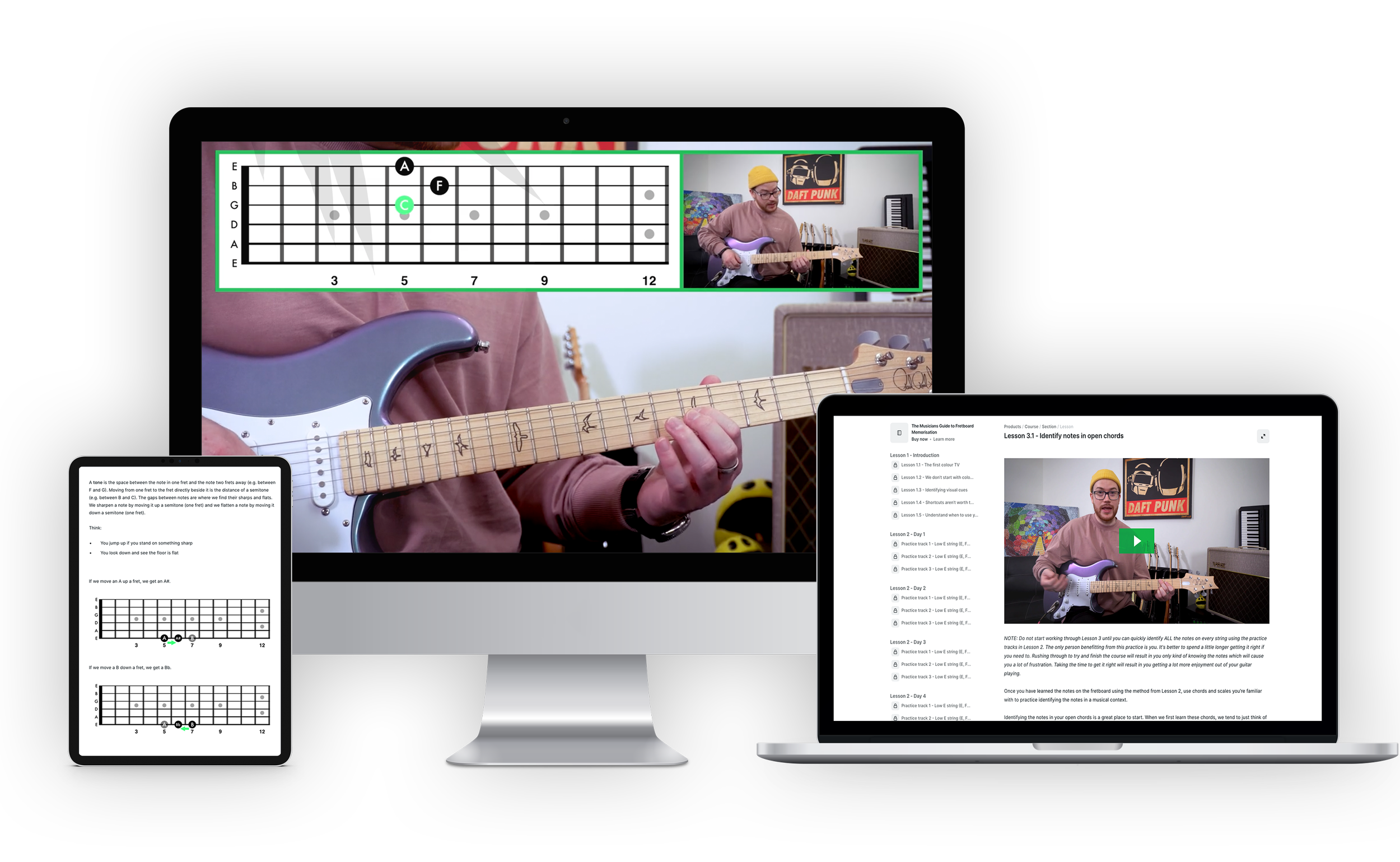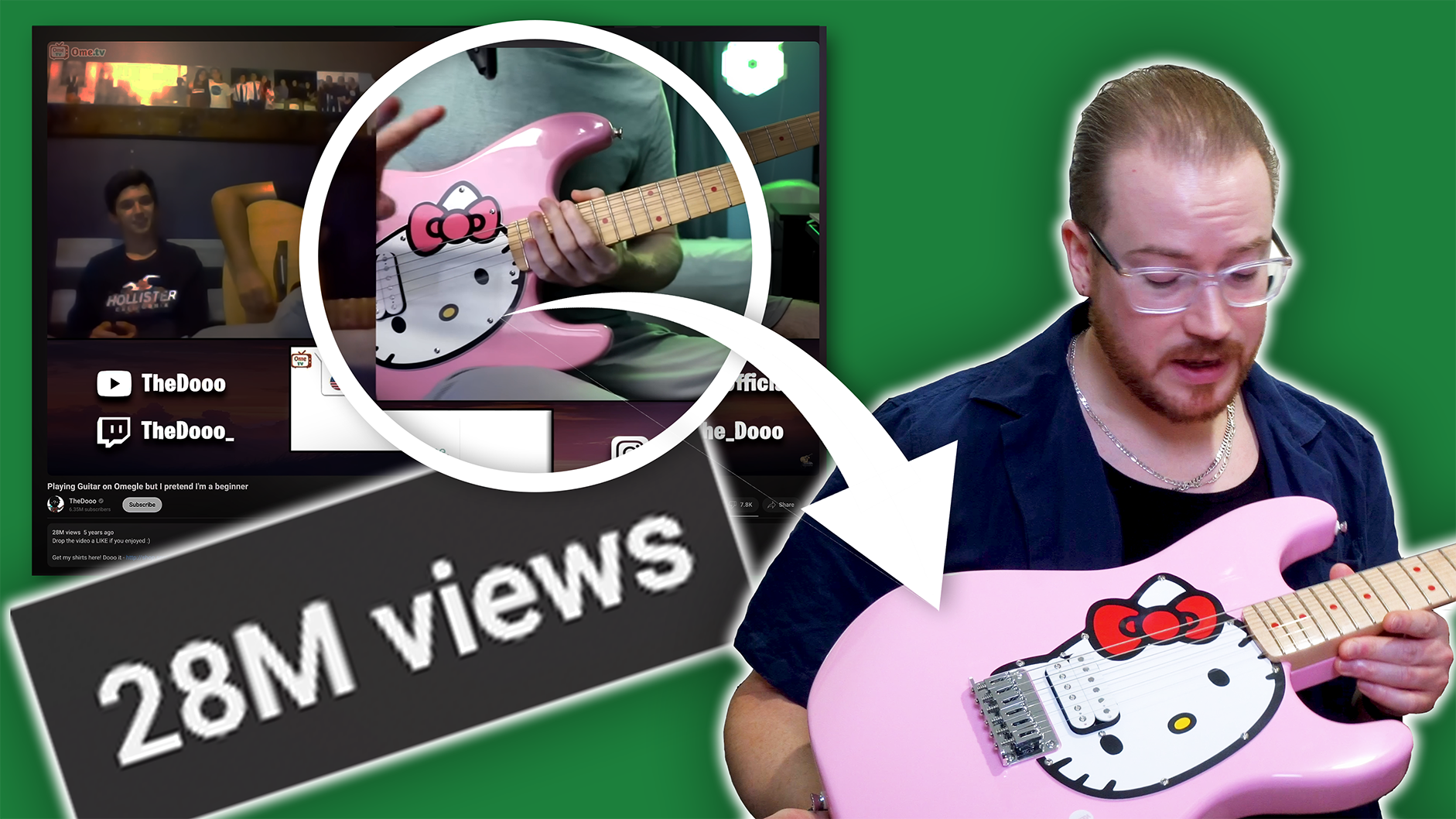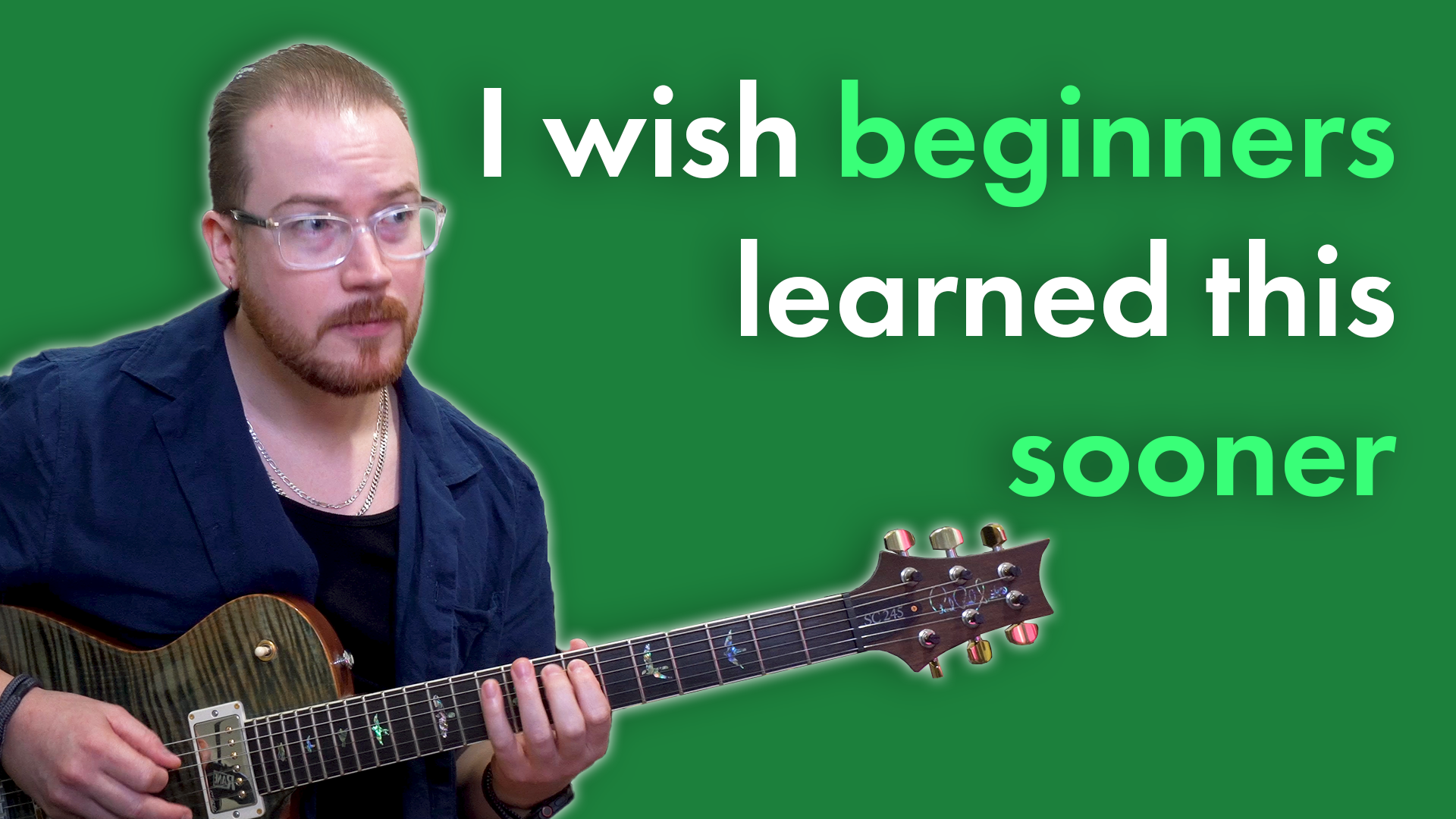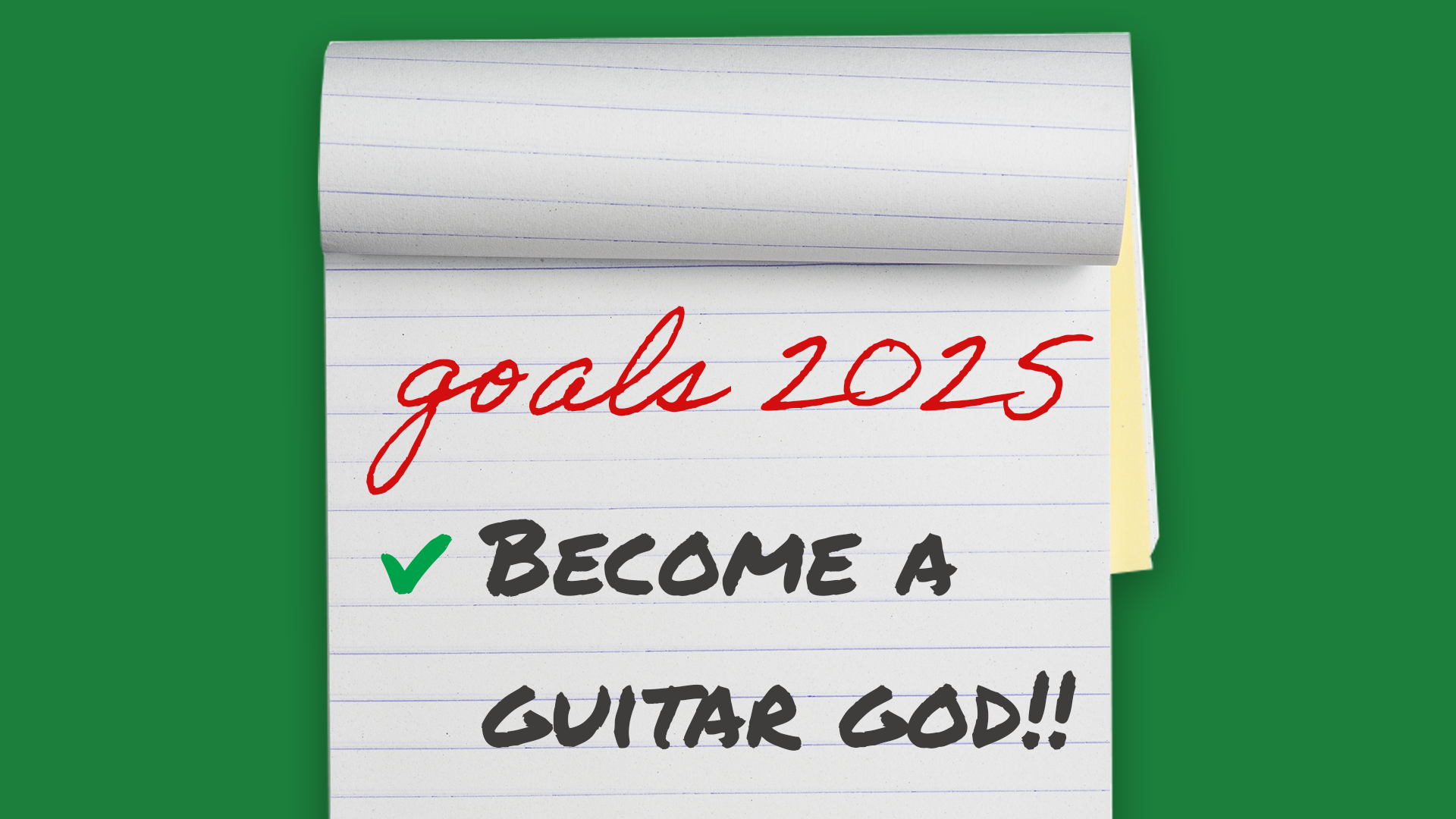How To Learn Music Theory 10 Times Faster
When most people think of music theory, they imagine something dry and boring. Struggling to read the black dots on paper, learning how to draw a treble clef, wondering what a Neapolitan Sixth is and what on earth you’re meant to do with it. Eventually, most people give up. It’s more fun to grab your instrument and make some noise. That’s why you started learning music, anyway. The real problem isn’t the music theory. The problem is that most people are forced to learn the wrong music theory. You’re a contemporary musician. You play in a band. Learning the C clef is probably not going to help you achieve your musical goals.
It’s all in your head
I’ve always been way too interested in music theory. I was one of those students who wouldn’t accept a new musical concept or idea unless I knew exactly how it worked. This meant I got really good at music theory, and when I ended up studying music at university, I found the theory papers easy. I’d do a class test in 20 minutes knowing I’d aced it, and leave my classmates for another hour, drawing piano keyboards and charts on their test paper, struggling to finish in time. The advantage I had was that I could do it all in my head. I didn’t have to work out the answers to the questions by using a chart or drawing a piano keyboard on the page. I’d been doing music for over 10 years, and during that time I’d become familiar with the language to the point where I didn’t have to think about it. Aside from passing tests at uni, the other advantage of knowing music theory this thoroughly is that you can actually begin to use it in your playing. When you’re performing on your instrument, you don’t have any time to think through the theory of what you’re playing. If you want to mix up the chords, launch into a solo, or play some sweet substitutions that you haven’t prepared earlier, you need to know what’s going on from a theoretical perspective at any point during the song.
Context is key
For the last two years, I’ve tutored an introductory theory paper at the University of Otago. This is a paper students take when they want to do a music degree but haven’t had enough music theory training to cope with the requirements of the first-year theory papers. Right at the beginning of the semester, I remember noticing that the students were pretty disinterested, and most of them still didn’t understand why doing music theory was actually going to help them in their career as a musician. I decided to spend an entire lesson simply putting everything in context. I explained how having a thorough knowledge of keys, chords and intervals not only helps you understand music and learn songs faster, but it also allows you to transpose a song instantly in your head. It allows you to create altered chords that sound awesome by playing an entirely different chord to what the rest of the band is playing. It allows you to write better music, and analyse the key of a song instantly because you look at a seemingly random collection of notes and can see how they relate to each other. When you can do this, you find that you have so much more musical freedom, both in your playing and your songwriting. It allows you to understand what you hear and gives you a vocabulary for explaining it. This is applicable music theory. This is essential knowledge for any musician. Once I’d finished putting everything in context, the class was pretty eager to start learning some music theory. I told them about how I had breezed through the papers at uni and gave them a simple exercise that would allow them to quickly get to the same level of fluency with their music theory that took me 10 years to develop.
Applicable music theory
There are three essential elements of what I consider applicable music theory, and they are all related. In order to develop fluency with your music theory, so it becomes something you can use rather than a chore you have to do, you need to:
Memorize all key signatures
Understand how chords are constructed and where they fit in a key
Be able to instantly name any interval from any root note
This might seem like a huge task when you look at it like that, but practising this one exercise will help you nail all three points, and show you how they are all related.
Before we look at the exercise, I have covered a few points on the three essential elements:
Discover how to learn the notes in a way that not only develops your fretboard fluency but reinforces your overall musicianship.
Memorize all key signatures
We build a major scale by taking the tone/semitone structure of a major scale (TTSTTTS) and playing if from a root note. The particular combination of accidentals (sharps or flats) we get when we play this structure from a particular root note is what is called a key signature. The circle of fifths is an excellent tool we can use to see which accidentals are generated for each major scale.
The circle of fifths starts at the top with C major and moves around the interval of a fifth each step clockwise, hence its name. A step clockwise around the circle from C adds a sharp, and a step anti-clockwise around the circle from C adds a flat. We add sharps and flats in a particular order. Memorizing the order of sharps and flats means you only need to remember the number of sharps or flats are in each key. This saves you having to try to remember a sequence of eight different notes every time you want to learn a new scale! The order for adding flats is the same as the order for adding sharps, only in reverse. Create a sentence using the letters to help you remember the order. A common one is:
Father Charles Goes Down And Ends Battle
for the order of sharps, and:
Battle Ends And Down Goes Charles’ Father
for the flats.
Once you have memorised the order of sharps and flats, you need to learn the number of sharps or flats in each key. You want to learn these randomly, not in a sequence. Aim to look over the chart for 30 seconds a day, and start by naming two or three keys and saying how many sharps or flats they have: C, no sharps. D, two sharps. G, one sharp. The next day, add another key and repeat the process. Remember, there’s no rush. The goal is that you know them well, so the key is consistency. If you do this for 30 seconds every day, adding a new key each time, it should take you two weeks to memorize them all. But do it at your own pace. If it takes you a month, that’s no problem.
Another helpful tool I’ve found in learning the number of sharps in a key signature is to look at the number of lines it takes to draw the letter of the key. You have to use your imagination a bit with this one, but I’ve still found it helpful.
I pretend you use five lines to draw a B. For the key of F#, I pretend the sharp symbol is a small x2, so it takes three lines to draw it x2 (six lines for six sharps).
Understand how chords are constructed and where they fit in a key
A standard triad or seventh chord is created by stacking thirds from a root note. The particular quality of each of these stacked thirds defines whether the chord has a major, minor or dominant tonality.
We can stack thirds by counting through the C major scale to form a C major chord:
C D E F G A B C
1 2 3 4 5 6 7 8
We end up using the 1st, 3rd and 5th scale degrees of the C major scale, so we can say that a major chord has the formula 1 3 5.
The formulas for all the other chords you will come across in this exercise are written below:
Major 1 3 5
Minor 1 b3 5
Diminished 1 b3 b5
Major 7 1 3 5 7
Minor 7 1 b3 5 b7
Dominant 7 1 3 5 b7
Minor 7b5 1 b3 b5 b7
These formulas all relate back to the major scale of the root note of the chord. See this example using an A minor chord, which has the notes A C E. We get these notes by applying the formula for a minor chord to the A major scale:
Each scale degree of the major scale has a particular chord quality associated with it. If we build chords by stacking thirds from each scale degree, the major and minor triads are as follows:
If we build chords using seventh chords, the chords associated with each scale degree are as follows:
Be able to instantly name any interval from any root note
Every scale must have one of each letter of the musical alphabet represented somehow (A B C D E F G). These letters can be either be sharp, flat, or natural (A#, Ab, or A), as determined by the key signature of the scale.
If you know the key signatures for each scale off by heart, you don’t have to try to memorize if a fifth away from B is an F or an F#. You just know that the distance from any kind of B to any kind of F is some kind of fifth. Then you use your knowledge of key signatures to realise that the key of B has an F#, therefore the distance of a fifth from B is F#.
Please note: The point of this exercise is not to try and learn every quality of interval. For example, the interval from B to F# is known as a ‘perfect fifth’, while the interval of B to F is known as a ‘diminished fifth’. If you don’t know what this means, don’t worry about it at this stage. The aim is to get you so familiar with your intervals that, if you are asked, ‘What is a fifth above B?’, you would immediately know it was some kind of F.
Practice this exercise to develop essential music theory
Because music is a language, you have to use it consistently to develop fluency. It took me 10 years of learning and doing music before I’d been in enough different musical situations that the theory I was using came second nature to me. When I was tutoring the class at uni, I wanted a way to fast track this process. They needed to be exposed to scales, keys, chords, and intervals on a regular basis, so I had them do this exercise.
Step 1: Write down a major scale
Step 2: Write down the notes in each chord
Step 3: Write down the chord symbols for each chord
This example uses seventh chords. If you are doing this exercise using only major and minor triads, you will only complete two rows in the ‘Chord Notes’ section.
This exercise should take you between 10 and 15 minutes to complete, and you will get faster as you get better at it. Aim to complete this exercise four or five times a week. It’s the consistency that will make the difference.
I’ll admit, it’s not the most exciting exercise. It requires a little discipline to do it every day, but if you’re serious about becoming a better musician, the benefits are definitely worth it!
Learn essential music theory that you can begin to apply immediately to your instrument.












